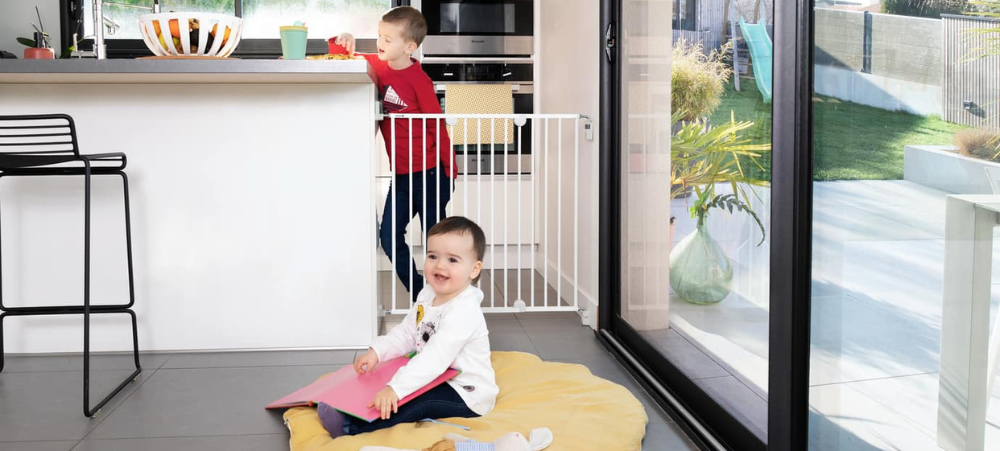
What should estate planning look like for parents?
Not many of us spend a lot of time thinking about estate planning when we’re young and starting out in life. It’s a common misperception that having your affairs in order is only necessary for the rich and old. However, becoming a parent changes us irrevocably in many ways, not least by raising strong feelings about what might happen to our children if we die. What if the unexpected happens, and both parents die at the same time? In South Africa, if you die without a valid Last Will and Testament that includes the appointment of a guardian for your child, it is the Courts that will decide their fate. In addition to guardianship, which is taken care of by your Last Will and Testament, you’re going to want to put careful plans in place to create the best possible safety net for your children that will see them through to independence. Planning your estate and keeping your estate information current is the best way to make your wishes abundantly clear and cushion your children in the face of the unpredictability of life. Rachelle Best, founder and CEO of Heritage Vault, a digital solution for organising and securing all of your important estate information says, “the day before my daughter was born, I remember clearly feeling this huge sense of responsibility. No longer was it going to be only me that I had to look after, but there was a whole new life coming into the world who would depend on me. This was also the moment I started making a list of everything that I had to sort out as soon as I got home. I realised that, should something happen to me, everything must be in order so that my daughter could be optimally looked after and that my wishes for her would be heard.” For parents, it’s about more than financial security… The basics of estate planning for parents will, of course include financial planning and making provision for the funds it takes to raise a child by taking out life insurance policies and making investments. However, there’s a lot more that parents would want to leave with their children should they pass unexpectedly. Plato said: “Let parents bequeath to their children not riches, but the spirit of reverence.” Many parents seek out ways to be known and connected to their children beyond death; for their bonds to go on in healthy ways that help their children be emotionally resilient. Rachelle says, “After my daughter’s birth I set up an email account for her and I regularly sent letters and photos to that account, documenting our time together in the early childhood years that she may one day forget. It’s my plan to give her the password to this email account when she turns 18, a beautiful legacy of her childhood and her family to hold her up as she makes her own way in the world. Without a life partner or a friend who knew every detail of our lives, it would’ve been either difficult or impossible for a person to find things that were important to me as a parent. What would happen to her password protected gift email account? Who would know where to find the contact details of my daughter’s paediatrician and her health records? That sowed the seeds of an idea that there must be a solution where you could organise everything in one safe place that would absolutely be accessible to my executor, and the trusted loved ones who I want to be involved in resolving my estate.” Launched last year as a ‘first’ in South Africa, Heritage Vault is a digital solution that enables you to store all of your important estate information securely and makes it easily accessible to your appointed confidants in the event that you may die or become incapacitated. Everything your executor or nominated loved ones may need will be safe in one place and perfectly organised in 13 easy to find categories of data. Rachelle says, “It’s important to note that parents must still create a valid Will specifying guardianship of their child, and that must be available to your executor in its original hard copy form. However, you can upload a digital copy of it to your private vault and simply specify exactly where to find your original Will. All your passwords can be securely stored, which is vital since so much of our life and our finances is managed through digital channels. All your customer accounts with full contact details can be listed so that these can be cancelled quickly avoiding money draining unnecessarily out of your estate.” The process of populating your Heritage Vault, which you can do in your own time, guides you intuitively through every aspect of comprehensively planning for your passing. It includes leaving instructions for what happens to your pets and what you want done with your social media accounts. A category in the vault called ‘For My People’ empowers you to upload private and personal messages to your children that you feel will be valuable to them in the event of your passing. Rachelle says, “Our users find peace of mind in planning and organising for any eventuality. Their Heritage Vault brings an important additional layer of security and safety to their family. It is a living database that they can update and revise as details change and as they and their beneficiaries reach different life-stages, which is so important when you have growing children to look after.”


































